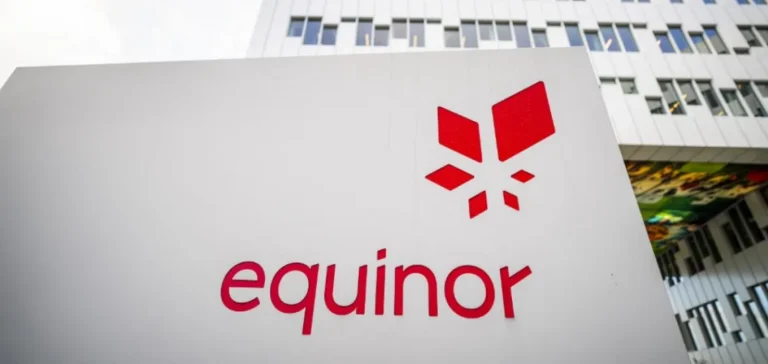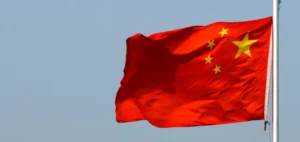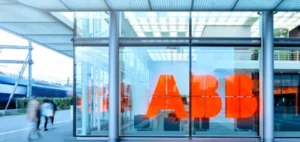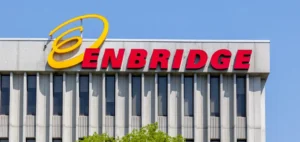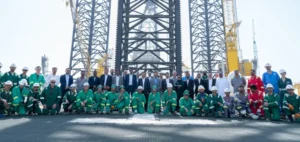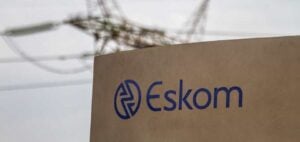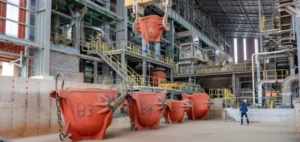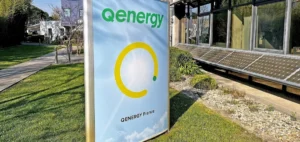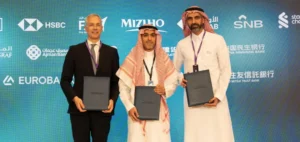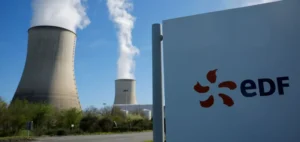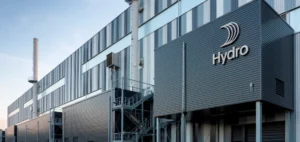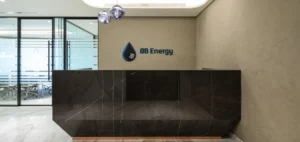Equinor ASA reported an adjusted operating income of USD 6.21bn for the third quarter of 2025, with adjusted net income reaching USD 930mn. Net income stood at a loss of USD 200mn, impacted by net impairments of USD 754mn, primarily due to revised long-term price assumptions. Total equity production reached 2.13mn barrels of oil equivalent (boe) per day, a 7% increase from the previous year.
Strong output from Norwegian continental shelf
Operational performance on the Norwegian continental shelf (NCS) was driven by the Johan Sverdrup, Johan Castberg and Halten East fields, with NCS production rising 9%. New wells and fewer turnaround disruptions also supported these results. Internationally, the Bacalhau field in Brazil came online in October, with recoverable reserves exceeding 1bn boe.
In the United States, Equinor increased production by 29% following the acquisition of additional onshore assets in 2024. Outside the US, volumes declined due to asset sales in Azerbaijan and Nigeria, and a temporary shutdown of the Peregrino field in Brazil, which has since resumed operations. Renewables delivered 0.91 TWh out of a total of 1.37 TWh in power generation, driven by the ramp-up of Dogger Bank A and new onshore assets.
Margins pressured despite volume growth
Net operating income reached USD 5.27bn, down from USD 6.91bn a year earlier. Assets held for sale contributed USD 650mn in impairments, while non-operated offshore US assets accounted for USD 385mn. A reversal of impairment on an onshore Norwegian asset added back USD 299mn. Realised European gas prices were USD 11.4 per mmbtu, and realised liquids prices stood at USD 64.9 per barrel.
Adjusted operational expenses increased, mainly due to future cost bookings related to a shut-down US offshore asset, higher transportation costs and currency impacts. These were partly offset by cost improvements in the renewables segment.
Capital return and strategic refocusing
Operating cash flow before tax and working capital was USD 9.1bn. After paying USD 3.9bn in Norwegian tax instalments, net operating cash flow stood at USD 5.33bn. Organic capital expenditure totalled USD 3.41bn, with total capex at USD 3.68bn.
The adjusted net debt to capital employed ratio decreased to 12.2%, from 15.2% at the end of the previous quarter. The board approved a cash dividend of USD 0.37 per share and launched the fourth and final tranche of its 2025 share buy-back programme of up to USD 1.266bn. This completes the company’s USD 5bn buy-back plan and confirms the total capital distribution target of around USD 9bn for 2025.
Targeted exploration and project suspensions
Equinor drilled 18 offshore exploration wells on the NCS in the quarter, resulting in seven commercial discoveries. One has already started production, supplying the Åsgard A facility. Production also began from the Askeladd Vest field in the Barents Sea, reinforcing Equinor’s position as a reliable energy supplier to Europe.
Equinor suspended two early-phase electrification projects, Snorre and Halten, citing high abatement costs. The Grane-Balder early-phase energy project remains under evaluation. The company also participated in Ørsted’s rights issue, maintaining its strategic interest in offshore wind. The Northern Lights project began receiving and storing CO2, marking the start of operations for the first third-party CO2 transport and storage facility globally.


